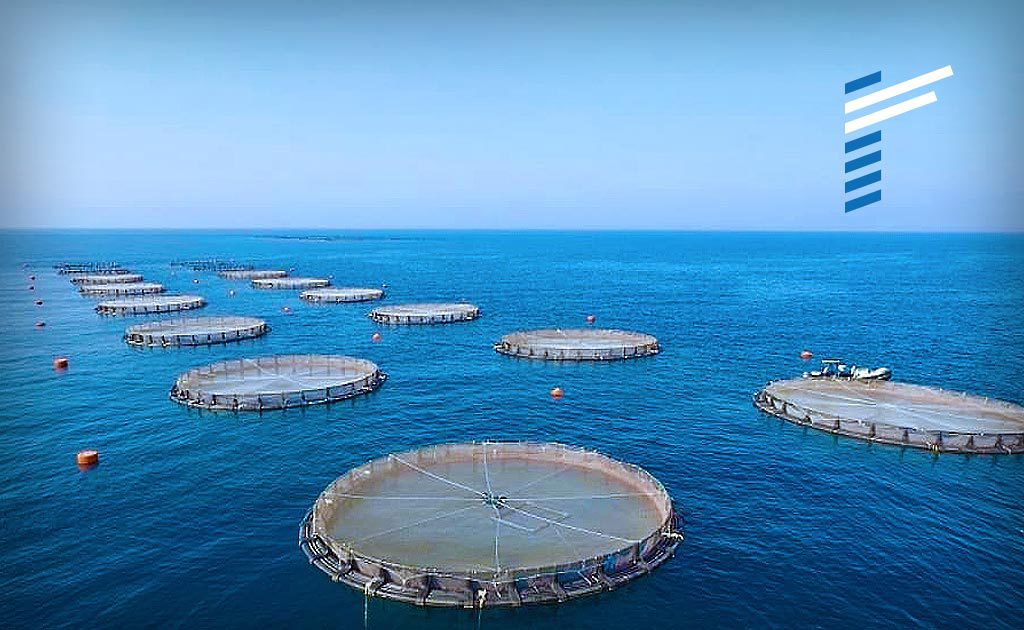BACKGROUND
The Client is a diversified, research & development focused agribusiness company, dedicated to improving the productivity of Indian farmers through innovative products and services that sustainably increase crop and livestock yields. They hold leading market positions in the different sectors in which they operate – animal feed, crop protection, oil palms, dairy, poultry and processed foods.
The animal feed business of GAVL is one of the largest players in the compound feed market in India, with annual sales of more than a million tonnes across cattle, poultry, aqua feed and specialty feed. The Crop Protection product portfolio covers the entire life cycle of a crop with a pan-India distribution channel of over 6,000 distributors.
THE CHALLENGE
The Client’s vision was to improve the throughput of the fish feed plant. Given its market presence in India, Renoir was engaged in the design, development and Installation of systems and process in the plant.
RESULTS
35%
Throughput increase of floating fish feed over baseline
Defined KPIs for Production and Maintenance Installed a fit-for-purpose production, maintenance and planning management control system
Installed controls to ensure that planning and priorities are set and aligned
Trained the team in the systems installed to full adoption
ANALYSIS
The first step was to identify the scope for improvement in the plant and establish the changes required. To that end, the Renoir Team conducted a two-week in-depth analysis to identify, define and quantify the various performance opportunities. The following were identified as key opportunities in the production and maintenance functions:
- There were large variations in all leading indicators that drive throughput and reduce downtime.
- Key performance indicators and targets were unstructured.
- Management control systems required improvement and there was no established mechanism for short interval control. This led to losses being unnoticed and a weak systematic approach for improvement.
“I wish to thank the Renoir Team for creating great value for our business through their intervention. We not only overachieved the objective but are sure that this is sustainable in future. It is amazing that we have achieved 35% productivity improvement without any increase in capex.”
CEO
PROJECT APPROACH
The assignment started with 2 full-time Renoir consultants undertaking an 8-week Renoir Focus Process® looking at management control systems, business processes, performance levels and supervisory and managerial issues. Several full-time Taskforce members were selected from the plant and trained in the Renoir methodology. The joint Client-Renoir Team captured baseline performance measures based on historical data.
Management Action Teams (MATs) were set up to oversee and guide the effort and consisted of supervisors and managers. The new systems and process were discussed and refined in these forums so that there was buy-in from the users and that implementation went as smoothly as possible.
The team found that throughput and productivity were low and the hammer mill cycle times too high, all of which was leading to sub-optimal performance. In addition, equipment condition was poor with too many breakdowns. Conformance to plans was low for contract labour, as was dumping productivity.
The team identified the following levers to improve manufacturing efficiencies:
- Effective capacity planning and standardisation.
- Improving productivity of equipment at the bottlenecks.
- Installation of systems and processes in maintenance to reduce MTTR and increase MTBF.
- Raising the skills and capabilities of the team in various elements of management control systems.
IMPLEMENTATION
Some of the key systems implemented included the following:
- Daily review meetings were installed with immediate effect to develop the practice of reviewing the production numbers daily. This not only enabled better control of the process but also improved co-ordination between functions.
- Short interval controls, standard operating procedures and data capturing mechanisms (including real-time downtime data at every stage in the process) were installed to track and manage hourly production versus the target throughput.
- Root cause analyses as per the criteria accepted by the team was initiated to instil the behaviour of proactively avoiding breakdown recurrences.
- A preventive maintenance schedule was designed for each function with checklists for each equipment item. A daily maintenance log sheet and maintenance review system was implemented to drive effective planning and execution of jobs.
- Line walks were installed for the Plant Head to ensure that issues were Identified at an early stage.
- A critical spare list was generated and installed to ensure that minimum stocks are maintained for all critical equipment. All the above was supported by hands-on coaching in new ways of working for the systems owners. The sustainability of the systems was evident after the 15th week. Even though there was a break in the project due to the Covid-19 for 9 months, the systems were maintained and the team continuously improved the productivity targets. The increased efficiencies in the plant meant that after the 16th week the bottleneck had moved from hammer mill to the extruder.
KEY RESULTS
35%
Throughput increase of floating fish feed over baseline
Defined KPIs for Production and Maintenance Installed a fit-for-purpose production, maintenance and planning management control system
Installed controls to ensure that planning and priorities are set and aligned
Trained the team in the systems installed to full adoption
CONCLUSION
In addition to the measurable results, Renoir was able to develop a culture for continuous improvement in the plant team within scope so that the organisation can increase performance still further without the need for external help. In short, the assignment gave better than expected results and the fish feed plant is now better positioned to meet the competitive challenges of the future.






